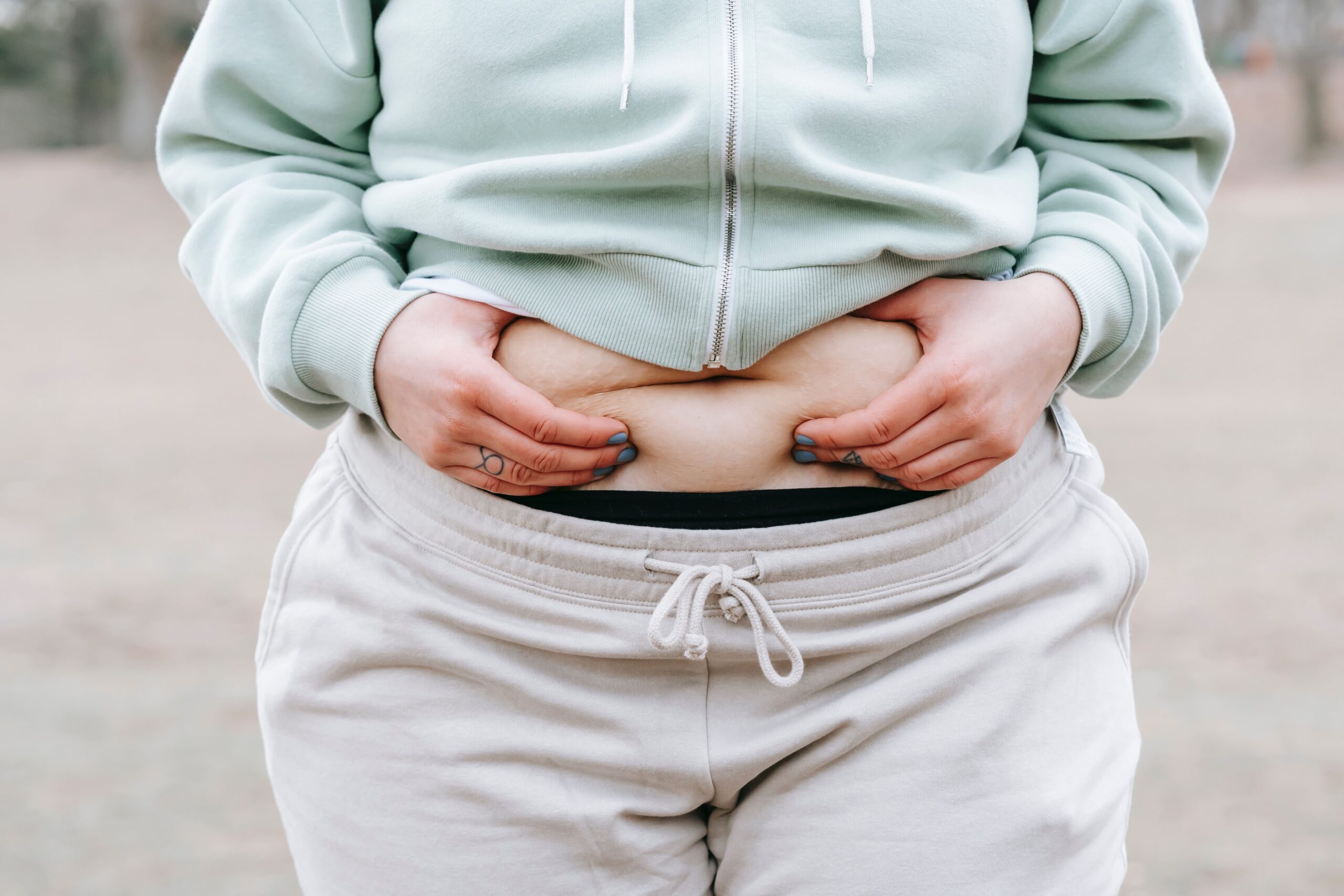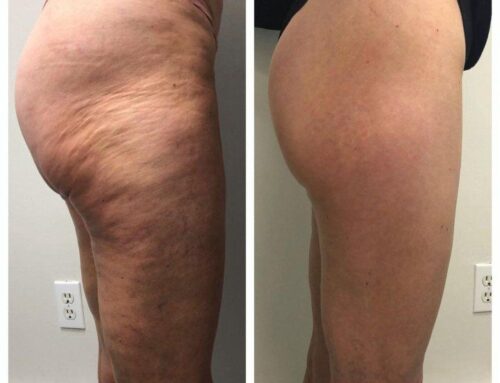Have you ever thought about investing in fat freezing services? More and more people are looking into the possibility of fat freezing, but it’s hugely important to keep in mind here what fat freezing is and how you should be looking after your skin following your fat freezing treatment. In line with this thought, today, we’re looking at some of the key things you should know to help.
What is Fat Freezing?
First things first, it’s worth clarifying what fat freezing actually is. Fat freezing, also known as cryolipolysis, is a non-invasive cosmetic procedure designed to reduce fat deposits in targeted areas of the body. It works by using controlled cooling to freeze and destroy fat cells, which are then naturally eliminated by the body over time. This method is particularly popular for treating stubborn fat pockets that resist diet and exercise, such as those on the abdomen, thighs, and flanks.
Generally speaking, before attending a fat freezing session, you’ll likely start with a consultation to determine if this treatment is likely to be suitable for your needs. Ideal candidates are generally those who are close to their ideal weight but have localised areas of fat that they wish to reduce; it may be less effective for broader scale weight loss.
During the procedure, a specialised device is placed on the target area, drawing in the skin and underlying fat using a vacuum mechanism. The applicator then delivers controlled cooling to the fat cells beneath the skin, which is precise enough to affect only the fat cells, leaving the surrounding tissues unharmed. The treatment usually lasts between 35 to 60 minutes per area.

What is the Aftercare for Fat Freezing Treatments?
Proper aftercare is essential to maximise the results of fat freezing and ensure a smooth recovery process. Here are some key aftercare tips:
- Stay Hydrated: Drinking plenty of water helps to flush out the destroyed fat cells through the lymphatic system. Aim to drink at least 8-10 glasses of water a day.
- Avoid Heavy Exercise: While light activities are encouraged, it’s best to avoid strenuous exercise for a few days after the procedure to allow the body to recover.
- Wear Compression Garments: Wearing compression garments can help reduce swelling and provide support to the treated area.
- Massage the Treated Area: Gently massaging the treated area can improve circulation and help break down the frozen fat cells. Your practitioner may provide specific instructions on how to do this.
- Monitor for Side Effects: Some common side effects include redness, swelling, bruising, and numbness in the treated area. These typically subside within a few days to weeks. However, if you experience severe pain, prolonged swelling, or any unusual symptoms, contact your practitioner immediately.
- Maintain a Healthy Lifestyle: To sustain the results of fat freezing, it’s important to maintain a balanced diet and regular exercise routine. Fat freezing is not a substitute for weight loss, so a healthy lifestyle is crucial to prevent new fat deposits from forming.
Final Thoughts
Fat freezing is a safe and effective method for reducing localised fat deposits without surgery, which largely ties into its hugely. By following proper aftercare instructions, patients can enhance their results and enjoy a smoother, more contoured physique. Always consult with a qualified practitioner to ensure you receive personalized advice and care tailored to your specific needs.




